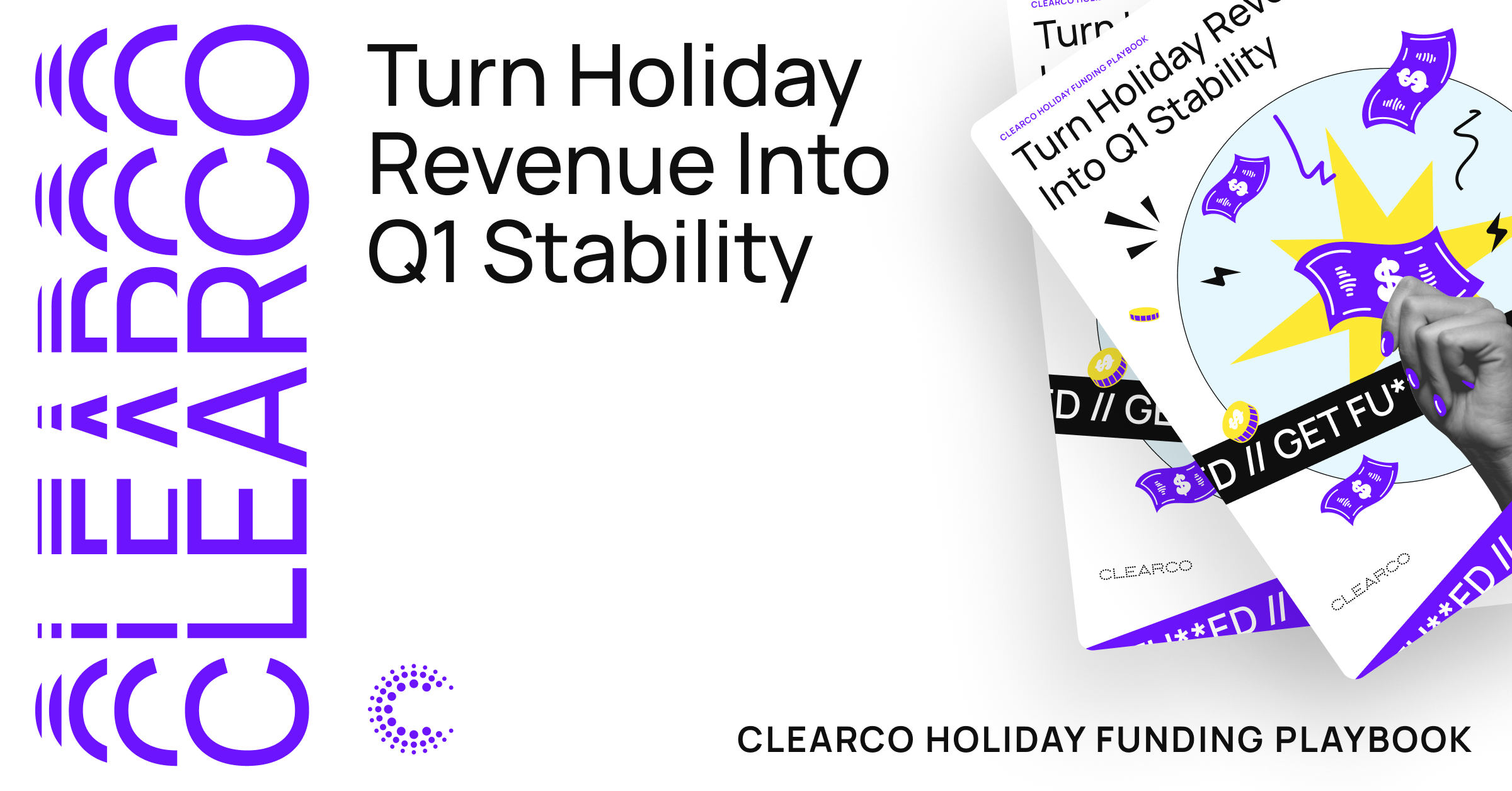How e-commerce founders use 1 click buy to increase sales

When Amazon first introduced their patented 1 click buy system back in 2000 to circumvent shopping cart forms—so that you no longer had to enter your name, address, and credit card information—it was truly revolutionary. By allowing customers to make purchases with just one click, Amazon set themselves apart from the competition. But their patented click and pay technology was eventually licensed to other e-commerce retailers, like Apple Pay, PayPal, Stripe, and many others. Certain fintech companies, like Klarna and Affirm, now even offer a “click and pay in installments” solution to merchants.
Today, 1 click buy has become a standard convenience to most online shopping experiences. With Shopify’s recent announcement that their one click purchase service Shop Pay will become available to all U.S. merchants selling on Facebook or Google, 1 click buy has come to the forefront of e-commerce news. This change with Shop Pay even affects merchants that don’t use Shopify’s software for their online stores. In fact, it’s made Shop Pay the first Shopify product ever to be offered to businesses not using the platform.
What is 1 click buy?
As mentioned earlier, the ingenuity of the one click purchase can be attributed to Amazon. The idea behind 1 click buy is to offer an easier, alternative checkout process in which the number of fields required to be filled out by a customer is boiled down to one click. Retailers like Amazon and Apple remember and encrypt the customer’s information, allowing them to subsequently check out with just a tap of the finger.
What are the advantages of 1 click buy?
Probably the most obvious advantage to a 1 click payment method is the convenience it brings to your customers. Consider the fact that shopping carts are abandoned 70% of the time, and that 18% of online shoppers in the U.S. abandon a cart solely because the checkout process was too long or overly complicated. That means almost 1 out of every 5 shoppers don’t make a purchase simply because the checkout process wasn’t optimized!
Some quick facts...
- According to a study conducted by the Baymard Institute, the average large-sized e-commerce store could gain a 35% increase in conversion rate through a better, quicker, and more optimized checkout process.
- Considering e-commerce sales make up a combined $738 billion USD across the U.S. and Europe, that translates to $260 billion in lost orders that could have potentially been recovered via a better checkout design.
- 97% of consumers choose not to make a purchase for the simple reason that it isn’t convenient, with 83% of them stating convenience while shopping is more important today than it was 5 years ago.
- According to CNBC, U.S. online shoppers spend $5,400 on impulse purchases.
How can click and pay increase sales?
The answer to this question is simple: an easier checkout process means more sales. This is especially true as more and more consumers turn to online shopping using their mobile devices.
Take Shop Pay as a case study, for example:
- The platform offers a 70% faster checkout rate compared to traditional checkout process, leading to higher conversion rate by 1.72 times—translating to fewer abandoned carts.
- Beyond speed, Shop Pay is also integrated with Shopify’s mobile app, Shop. Shop organizes and tracks online orders across merchants like Amazon, so that you can manage your orders as they arrive.
- The idea is that over time, Shop will provide you with a customized feed of your users’ favourite merchants, tracking and sorting relevant data as it comes in, including with non-Shopify merchants.
Is the 1 click payment method right for my business?
As with every innovation in business, 1 click buy comes with advantages and disadvantages. Before you jump on the click and pay train, it’s best to ask yourself the following questions to find out whether it’s right for your business:
- Does your store rely on repeat customers? The 1 click payment method was designed for repeat customers in mind, so consider your customer segment. For example, are they buying the same products or different ones?
- Do your customers have unanswered questions at the time of purchase? 1 click buy could be detrimental if your customer doesn’t have all the information they need at checkout.
- Does your store communicate delivery and shipping information clearly? If you opt for click and pay, be sure to include all the key pieces of information that a customer needs. This includes expected arrival date and exact shipping costs.
- Are you being fully transparent? One of the reasons Amazon is so successful in their 1 click buy process is because they integrate it seamlessly with the total customer experience. Take a look at any given product page: all the information is laid out for the customer, with nothing hidden.


.png)

